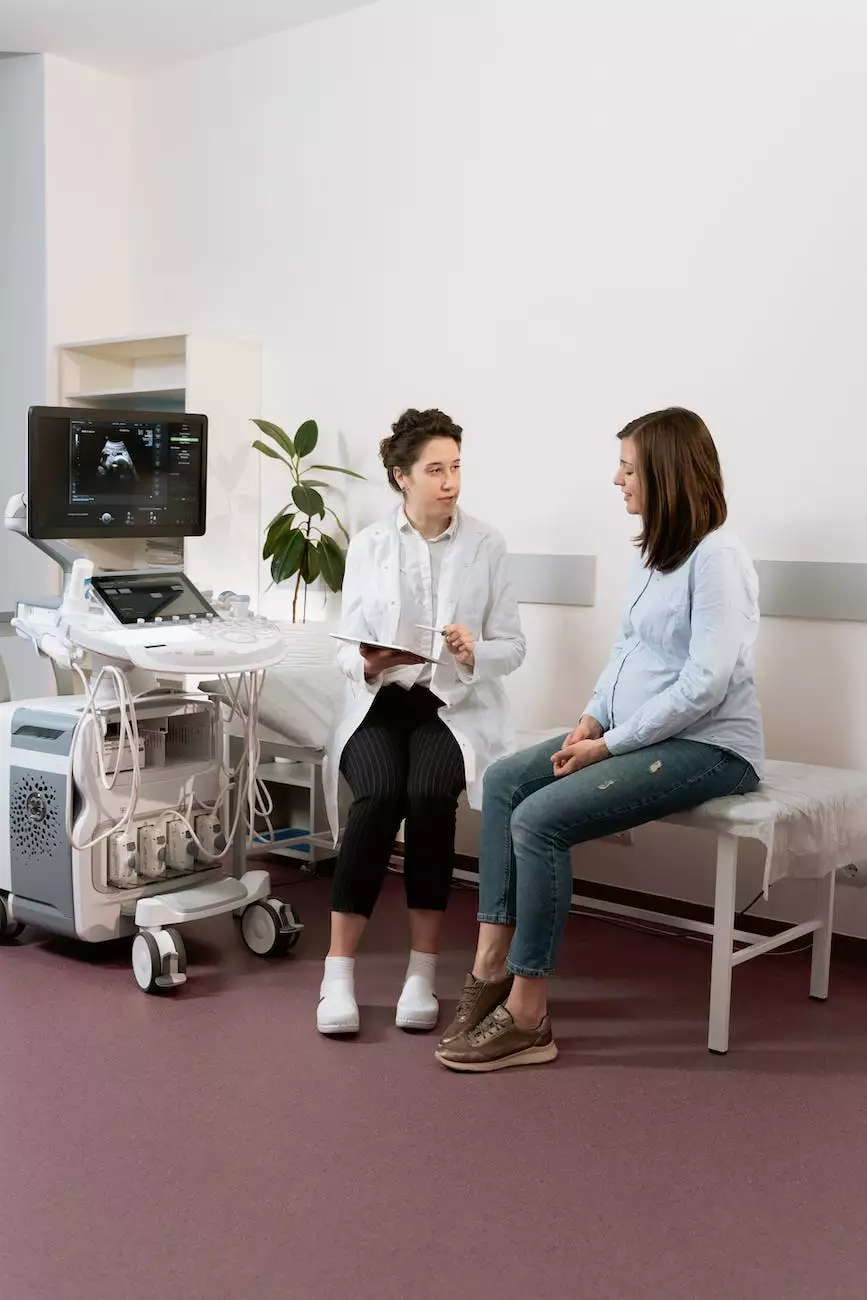After Bladder Augmentation with Mitrofanoff Procedure

Introduction
At Foley James D MD, we understand that undergoing a bladder augmentation with Mitrofanoff procedure is a significant step towards improving your quality of life. This page aims to provide comprehensive patient education on what to expect after the surgery, including the recovery process, potential complications, and lifestyle adjustments.
Recovery Period
After your bladder augmentation with Mitrofanoff procedure, it is essential to allow yourself ample time to recover. The recovery period can vary from patient to patient, but typically it takes several weeks to return to normal activities.
Your healthcare team will provide specific post-operative instructions, including wound care, medication management, and dietary restrictions. It is crucial to follow these guidelines diligently to ensure a smooth and successful recovery.
Pain Management
Pain and discomfort are normal during the initial stages of recovery. Your healthcare team will prescribe appropriate pain medications to help manage your discomfort. It is important to take them as directed and notify your doctor of any severe pain or unexpected side effects.
Wound Care
Proper wound care is crucial to prevent infections and promote healing. You will receive guidance on how to care for your surgical incisions, including keeping them clean and dry. Be sure to follow these instructions carefully and contact your healthcare provider if you notice any signs of infection, such as increased redness, swelling, or drainage.
Additionally, your healthcare team will educate you on how to properly empty and care for your new bladder outlet (Mitrofanoff stoma). Maintaining good hygiene practices around the stoma is vital to prevent infections.
Dietary Considerations
Following a bladder augmentation with Mitrofanoff procedure, your dietary needs may change. Your healthcare team will provide detailed instructions on which foods to avoid and which ones are beneficial for your recovery. It is essential to follow these guidelines to prevent complications such as urinary tract infections or bowel irregularities.
Physical Activity
During the initial recovery period, it is important to avoid strenuous physical activities that could strain your surgical incisions. However, your doctor will likely recommend light exercises and mobility techniques to promote circulation and prevent complications such as blood clots. Follow their guidance closely and gradually increase your activity level as advised.
Complications and Warning Signs
While bladder augmentation with Mitrofanoff procedure is generally safe, there are potential complications that you should be aware of. Some potential complications include infections, urine leakage, stoma-related issues, or bladder contracture.
If you experience any of the following warning signs, it is crucial to contact your healthcare team immediately:
- Fever or chills
- Increased pain or swelling at the incision site
- Uncontrolled urine leakage
- Worsening or severe abdominal pain
- Blood in urine
- Difficulty emptying the bladder or stoma-related issues
Lifestyle Adjustments
Undergoing a bladder augmentation with Mitrofanoff procedure may require certain lifestyle adjustments to ensure your long-term well-being. These adjustments may include changes to your bathroom routines, schedule for bladder emptying, and managing potential challenges related to the Mitrofanoff stoma.
It is important to have open communication with your healthcare team and discuss any concerns or difficulties you may encounter during your recovery process. They will provide guidance and support to help you adapt to these changes successfully.
Conclusion
At Foley James D MD, we are committed to providing comprehensive patient education to enable a smooth transition after bladder augmentation with Mitrofanoff procedure. Remember to consult your healthcare team regularly for proper guidance, and do not hesitate to reach out if you have any questions or concerns.




